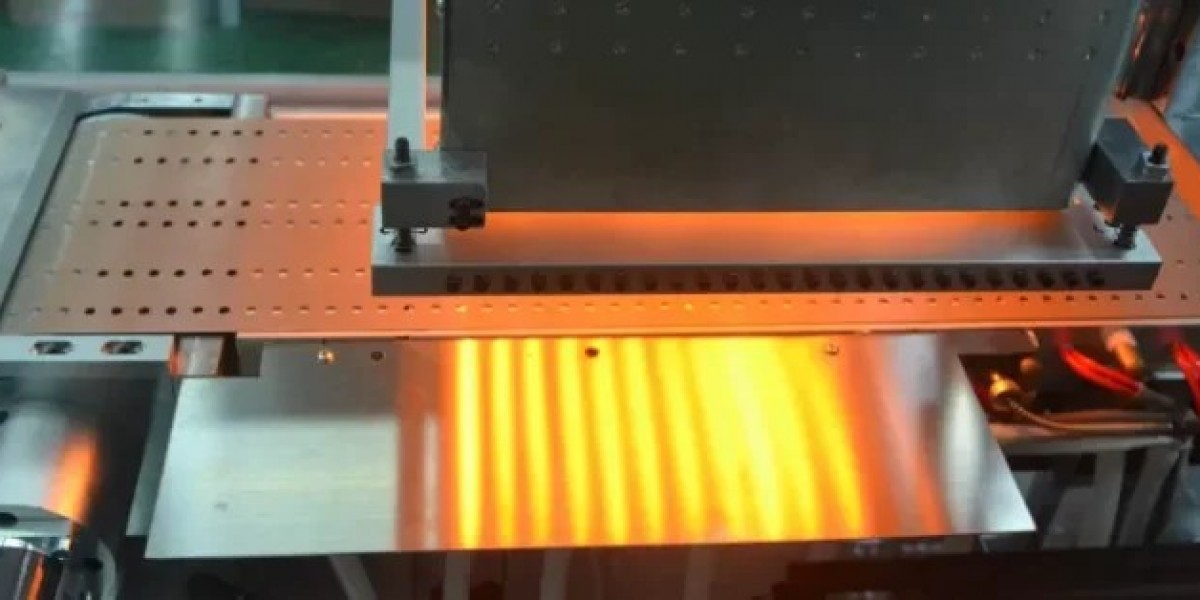Overview The automotive camera market is defined by rapid innovation. What was considered science fiction five years ago is now becoming a standard feature. Tracking these trends is essential to understanding where the industry is heading and what consumers will soon expect from every new vehicle. The core theme is that cameras are becoming "smarter, faster, and more numerous."
Market Trend While there are many trends, the most dominant ones include:
AI and Machine Learning: Onboard processors are now using AI to not only detect an object but to classify it (e.Example: pedestrian, cyclist, or another car) and predict its path.
In-Cabin Monitoring: This is a major new trend. Cameras are being placed inside the car to monitor the driver for signs of drowsiness, distraction, or impairment. This is critical for the safety of semi-autonomous (Level 2/3) systems.
Higher Resolution: The market is rapidly shifting from 1-2 megapixel (MP) cameras to 5 MP and even 8 MP cameras. Higher resolution allows ADAS systems to see objects more clearly and from a greater distance.
Sensor Fusion: The ultimate trend is "sensor fusion." This is the practice of combining data from cameras with data from other sensors, like Radar and LiDAR. A camera sees in high-resolution color, but can be blinded by sun or fog. Radar excels in fog but has low resolution. By "fusing" this data, the car gets a near-superhuman perception of its surroundings.
Frequently Asked Questions (FAQs)
How is AI used in automotive cameras? AI algorithms analyze the video feed in real-time to identify objects like lane lines, traffic signs, pedestrians, and other vehicles, enabling features like automatic braking and lane keeping.
What is driver monitoring? This uses an in-cabin camera to track the driver's head position, eye-gaze, and blink rate to determine if they are paying attention to the road.
Why is sensor fusion important? No single sensor is perfect. Sensor fusion combines the strengths of cameras (detail), radar (all-weather speed/distance), and LiDAR (3D mapping) to create a much more reliable and safer system.
More Related Report
Automotive Air Deflector Market Size
Commercial Vehicle (CV) Active Power Steering Market Size








